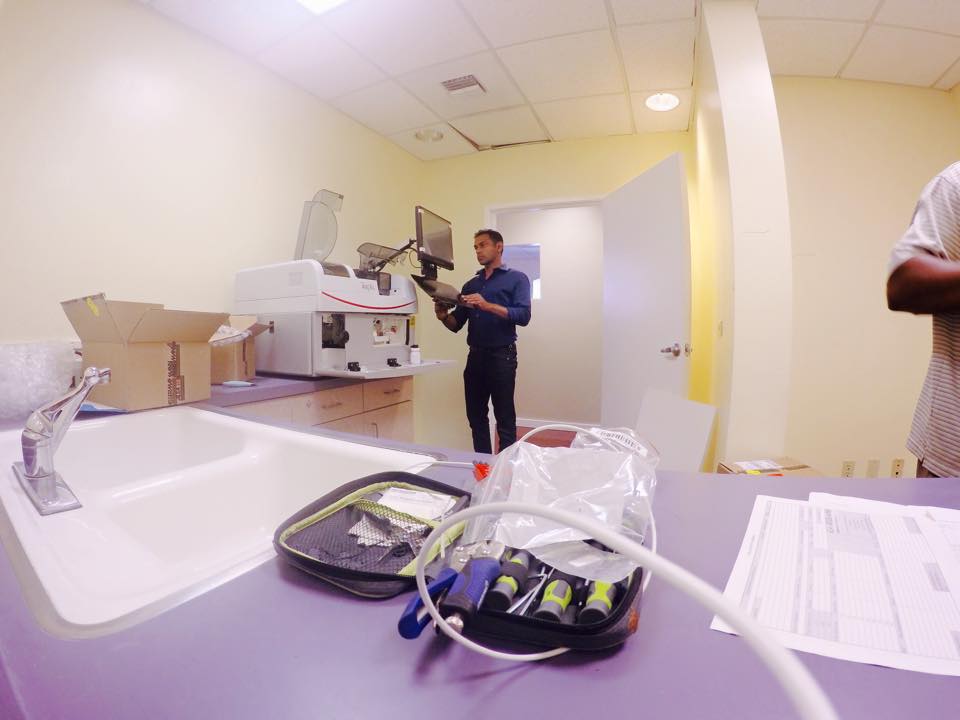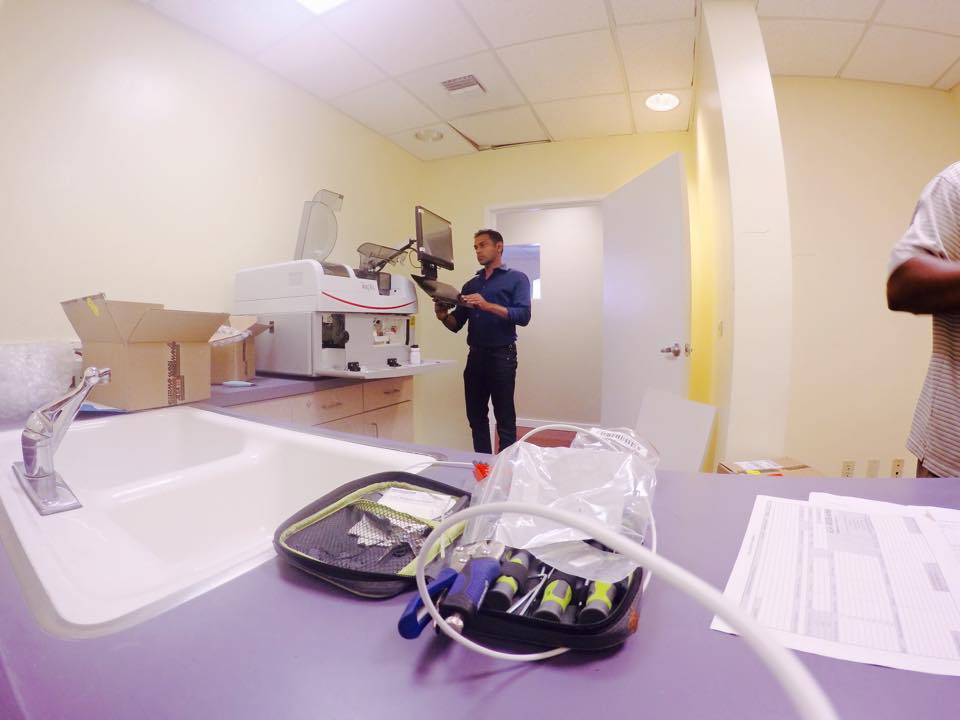Today’s Urgent Care Patients Have Choice – Will They Choose You?

Urgent care center operators who ask their patients, “How did you hear about us?” will likely find the top two responses to be:
-
This center was recommended to me by a friend or family member or,
-
I have seen the signage when I drive by
Operators who do not prioritize their physical environment, including furniture, fixtures and medical/non-medical equipment, will simply not experience referrals from prior patients. More importantly, that center’s prior patients will be enticed away by those urgent care centers who do make the environment a priority. The center therefore loses an existing patient as well as the growth opportunities it would garner from a previously loyal patient’s referrals of friends and family.
 Replacing these ‘lost’ patients is far more costly than investing in the environment of care from the start. There are significant costs associated with capturing a new patient (e.g., sales reps, media campaigns mailers) so smart operators make patient retention and patient loyalty a priority – by focusing on their center’s environment and its physical condition.
Replacing these ‘lost’ patients is far more costly than investing in the environment of care from the start. There are significant costs associated with capturing a new patient (e.g., sales reps, media campaigns mailers) so smart operators make patient retention and patient loyalty a priority – by focusing on their center’s environment and its physical condition.
How Your Center’s Environment Impacts Perception of Your Care
In the book, The Tipping Point: How Little Things Can Make a Big Difference, Malcolm Gladwell states, “Emotion is contagious.” Contagious enthusiasm about your urgent care center can be a good thing, but negative, emotionally-charged critiques can seriously impact your center’s future. In fact, even one negative comment caused by a single unresolved maintenance or repair issue can outweigh multiple positive ones.
In an era of social media, smartphone cameras and increasingly discerning consumers, why are we still hearing about the cluttered, tired retail healthcare center in disrepair? Do urgent care operators deliberately ignore those aesthetic and safety shortcomings, placing their business at a competitive disadvantage?
More than likely, the problem is a busy practice manager who rarely leaves her office because of time-consuming, crisis-related management issues. Thus, the environment suffers because the facility does not remain properly maintained at all times, regular equipment service isn’t performed per schedule and timely repairs simply don’t occur.
Such poor experiences directly leads to patients’ losing confidence in the center’s ability to provide quality healthcare – regardless of the quality of care actually delivered! Perception, whether based on reality or not, will always drive patient action. Yet that well-meaning healthcare facility manager could be readily assisted by technology and applications designed to simplify her ability to perform at a high level and establish a loyal patient base.
Service Automation Is a Must Have for Retail Medicine
Service automation software, sometimes called healthcare facilities management (FM) software or CMMS (computerized maintenance management systems) is an important step in creating a safe, aesthetically pleasing environment that not only instills confidence, but also instills what every operator’s goal must be…a loyal patient who will drive by your competitor because of a personal bond to your center and brand.
Service automation software has been embraced by the retail community for over 15 years, but is just now being recognized as key to retail medicine. These facilities management software solutions enable selecting quality vendors, tracking/analyzing repair and maintenance expenses, deriving actionable data and ensuring the least amount of equipment and brand downtime.
Any Poor Experience Can Lead Patients to Walk – and Talk
In fact, while equipment downtime can directly translate into tangible revenue dollars lost, what can cause greater harm are the intangible – and often unknown – losses from patients who just “talk with their feet” and simply never return or recommend the center to others. And of course, anything leading to negative word of mouth is even worse.
 Urgent Care managers and others responsible for healthcare facility management who have access to easy-to-use web- and mobile-based service automation software are more likely to address the broken window, the burned out letters on the sign, the HVAC that’s making a funny noise or the sink with the leak that’s resulting in some mold around the baseboards.
Urgent Care managers and others responsible for healthcare facility management who have access to easy-to-use web- and mobile-based service automation software are more likely to address the broken window, the burned out letters on the sign, the HVAC that’s making a funny noise or the sink with the leak that’s resulting in some mold around the baseboards.
Additionally, with such systems, regional managers and owners know that only reputable service vendors are entering their property, warranties aren’t being negated, and reports will be generated detailing center service requests / work orders and equipment histories.
Urgent care is an industry that prides itself on being the first to embrace consumerism and the patient-centric experience. Yet the tendency is to focus on the ‘human’ interaction versus recognizing what the state of the environment of care says about patient care quality and safety. Successful retail healthcare managers will also embrace and harness technology specific to the environment of care. That, coupled with an environment of caring, will win the business and the loyalty of the consumer seeking on demand healthcare for non-life or limb threatening needs.
{{cta(‘f9a06465-6f00-45d9-9160-72748a0d1202′,’justifycenter’)}} Laurel Stoimenoff earned a degree in Physical Therapy & Allied Medicine but quickly entered multi-site, multi-state management with leadership roles with physical therapy, diagnostic imaging and finally urgent care organizations. In late 2011, Laurel and a colleague founded Continuum Health Solutions, a consulting firm with a focus on the urgent care industry. Continuum’s clients include hospitals, physician groups, private equity, occupational medicine organizations and entrepreneurs. Laurel served seven years as a Board member of the Urgent Care Association of America, including its Treasure and Vice President. She Chairs the Health & Public Policy Committee and Co-Chairs the Accreditation Committee. Laurel also serves as a Trustee of the Urgent Care Foundation.
Photos courtesy of Long Beach Urgent Care



